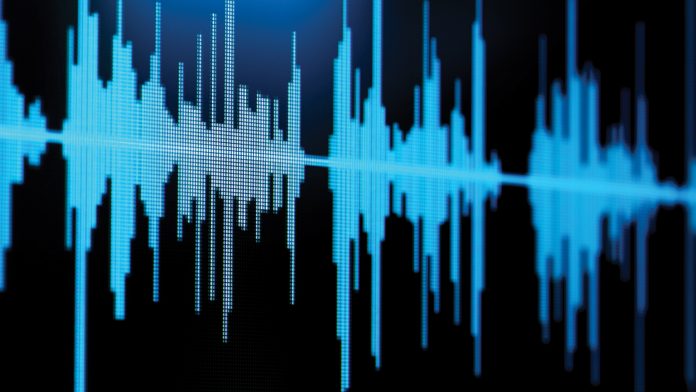Neuron soundware specialises in analysing the sound produced by machines in order to enable predictive maintenance.
Physics defines sound as a vibration that propagates as an audible wave of pressure through a transmission medium such as gas, liquid or a solid. Most of the sounds we hear, including human speech, are generated from the vibration of solid materials: although we need to breathe in order to speak, the muscle tension of the vocal cords must be precisely managed in order to generate the voice.
If humans happen to hear a strange noise, such as an iron spoon slowly moving on the glass or a low frequency roar from a distance, this can cause the body to automatically respond with goosebumps as a reaction to potential danger. Richard Feynman, the renowned theoretical physicist, once shared a thought that we could calculate what is happening in water by observing waves in a corner of a swimming pool. This state, when what is happening inside an object might be entirely contained in surface fluctuations, is known as the ‘holographic principle’. This principle is the basis of many predictive maintenance technologies, which are used for the early detection of mechanical failures.
Sound analysis for predictive maintenance
Machines are mostly made from metal, which is very good for sound distribution. Therefore physical issues, such as degradation inside a bearing, manifest in sounds. Degradation such as this can be measured noninvasively on the surface of the bearing. As a result, they are used to determine the mechanical state of the machine; or even in some cases calculate the machine’s remaining lifespan. Such diagnostic methods have been applied in industry for decades now, in particular for machines with a simple type of movement such as rotary equipment, where simple equations can be deployed.
Failure predictions in the world of complex machines
However, the world is full of complex machines – robots, cranes, printing machines and engines. These machines are characterised by factors such as a multiple moving axis, influencing joints, gearboxes, linear, diperiodic operation and so on. This results in the question of whether or not all of these factors can be taken into account when applying predictive maintenance.
To analyse the state of complex machines accurately, many sensors and very complicated equations would need to be applied. However, this process would in practice be too expensive and impractical; apart from a few exceptions such as a turbine in a nuclear power plant, which is covered by hundreds of sensors. In the real world, we are limited by the number of sensors, amount of available data, and cost of computing power. The most common machines are usually monitored by just one, or maybe a few, sensors. Therefore, the signals coming from different sources get overlapped easily; and sometimes to the human ear, it can sound like a complete mess.
AI and algorithms
Here comes the beauty of modern algorithms of Artificial Intelligence (AI) and machine learning, such as deep neural networks which can process complex signals in order to determine the health status of a machine. A self-learning predictive maintenance algorithm is capable of remembering how different issues manifest and yet calibrate to a specific operation of every machine individually. Complex AI algorithms allow the user to monitor each sensor individually or in combinations. Here we can see the future of prediction of mechanical issues.
With the swift progress in Internet of Things (IoT) technologies, we can expect a higher amount of sensor data available for analyses, including large sound datasets that can now be processed by AI at an affordable price. Moreover, we can envision that, with the increasing capability of 3D-printed components, sensors could be soon embedded within the material. With the combination of edge computing, large amounts of data could be processed locally, creating a new sense – machines will be able to feel their pains and call for help if needed.
Pavel Konečný
NeuronSW SE
+420 604 182 351







